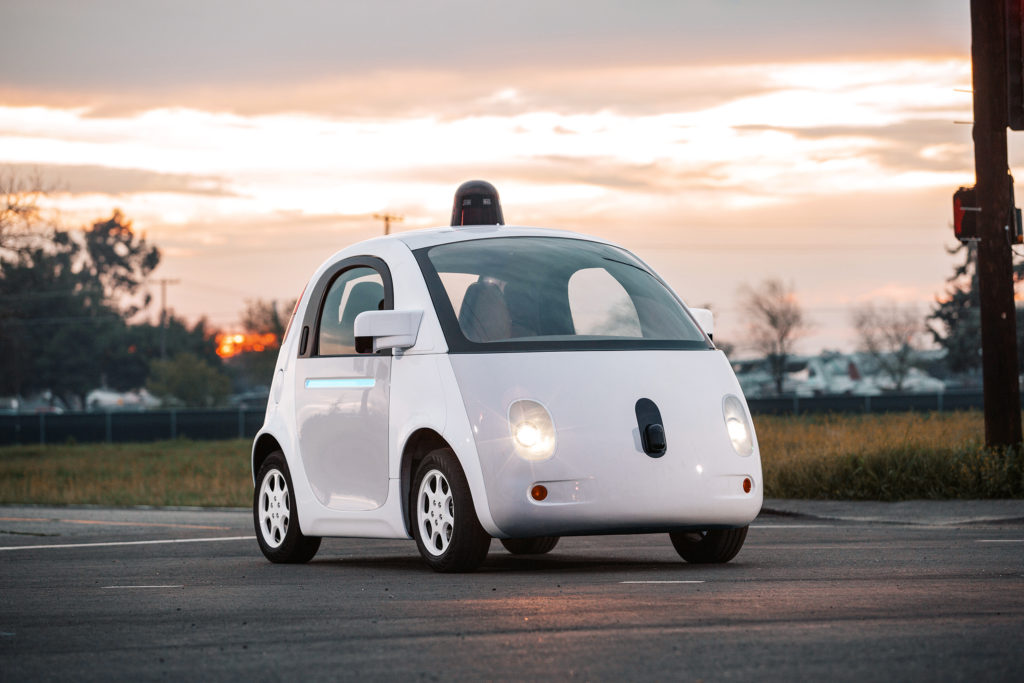
Driving Automation: A Shift in Liability
As drivers become removed from operating their cars, the burden of safety may shift towards the automation itself. While one day far in the future, the automation could be perfected to remove danger, in the more distant future auto manufacturers may find themselves in the cross-hairs of personal injury lawyers. Under product liability law, a manufacturer, designer, or supplier of a defective vehicle or vehicle component can be found liable for injuries caused by the defect.
A publication from the U.S. Department of Transportation, National Highway Traffic Safety Administration titled The Economic and Societal Impact of Motor Vehicle Crashes, 2010 (the latest estimation available) found that the total economic cost of motor vehicle cost in the United States in 2010 was $242 billion, representing the present value of lifetime economic costs for 32,999 fatalities, 3.9 million non-fatal injuries and 24 million damaged vehicles. Included in these costs are lost productivity, medical costs, legal and court costs, emergency service costs, insurance administration costs, congestion costs, property damage, and workplace losses. All these costs have certainly grown in the years since 2010 as frequency and severity trends have escalated. If manufacturers were held liable for even a small portion of the total cost of crashes, it could be incredibly detrimental to their bottom line.
In the present, the overwhelming majority of drivers maintain complete control over their vehicle. As consumers continue to adopt self-driving cars built by manufacturers such as Alphabet’s Waymo, Chevrolet and Tesla these manufacturers may bare an out-sized liability burden. The largest marginal gain for legal effort may be in proving fault by the manufacturer and while save-driving cars likely amount to massive gains in overall driver safety, manufacturers may be hesitant to take responsibility for fear of liability.
This scenario outlines a text book market failure, where the best decision for the individuals does not lead to the best outcome for society. In order to better align incentives in the interest of public safety, policy makers may look to reduce the liability of manufacturers or find a way for safer manufacturers to be rewarded by the legal system. These actions may also have unintended ramifications that must be carefully considered. If no action is taken, a safer world with self-driving cars may be pushed farther into the future: costing billions of dollars in harm to life and property.
SOURCES: